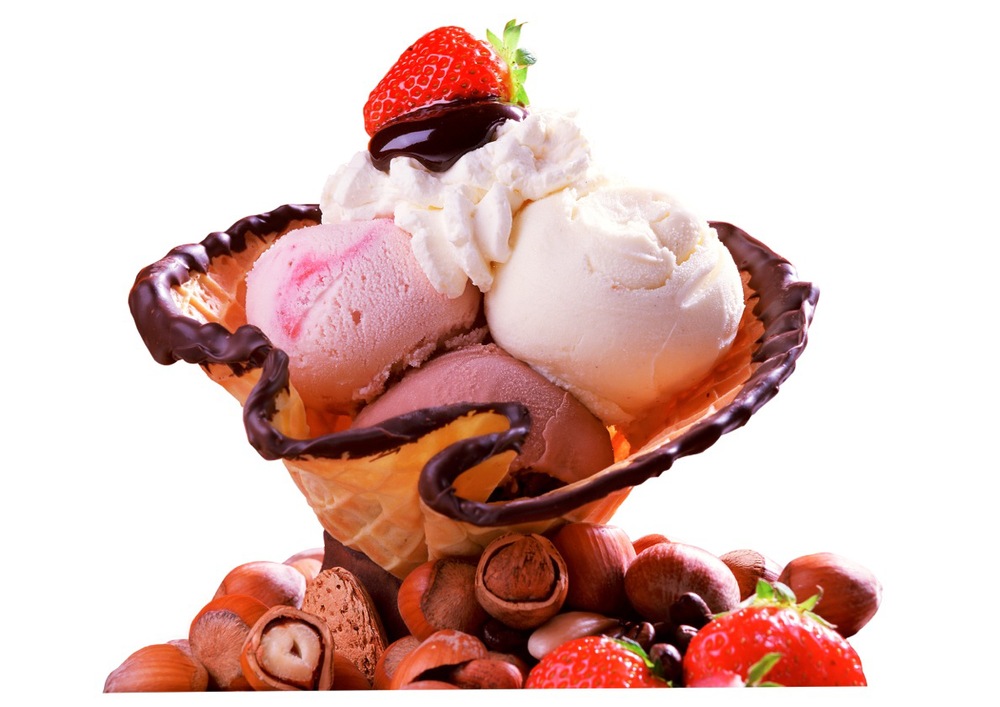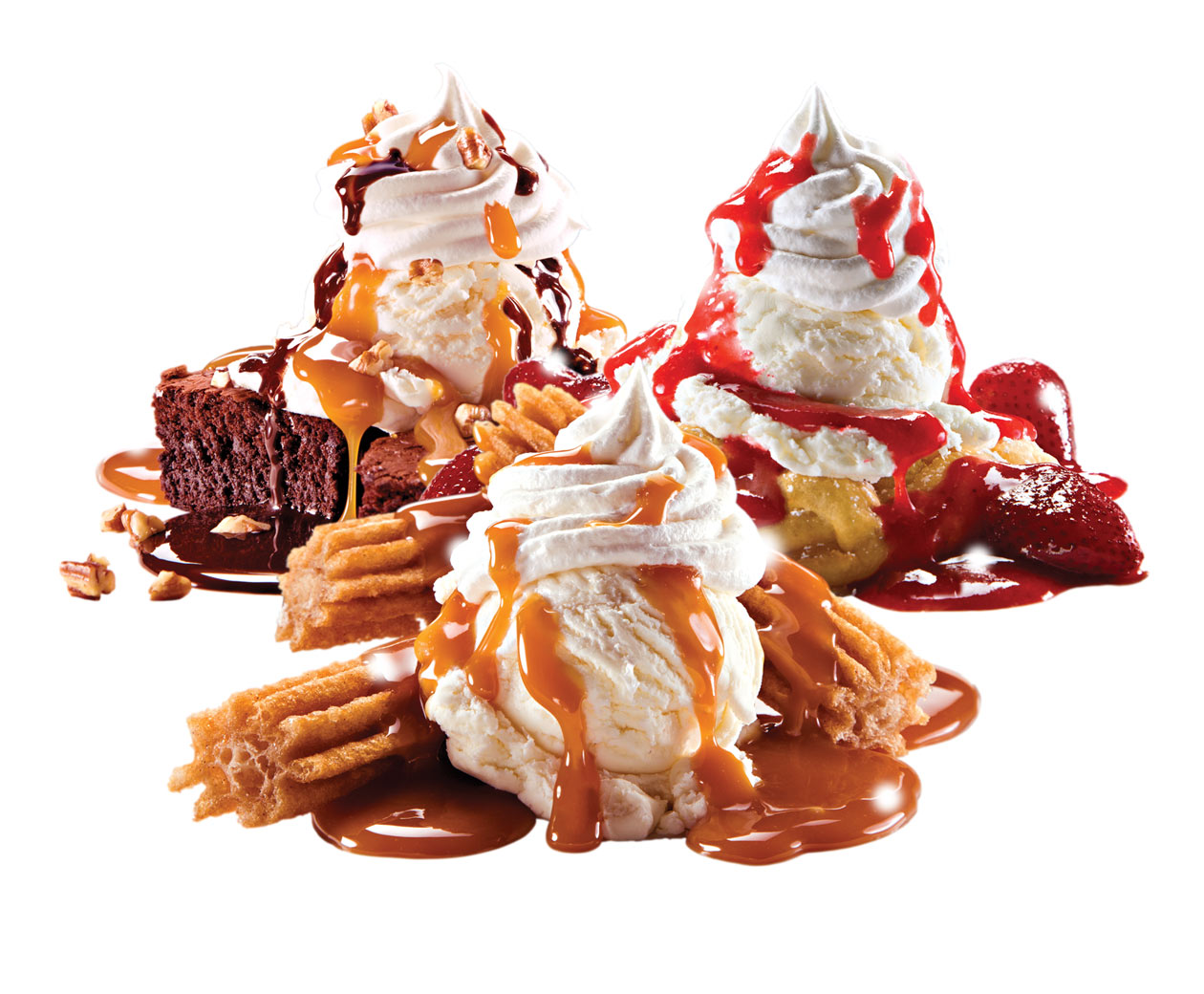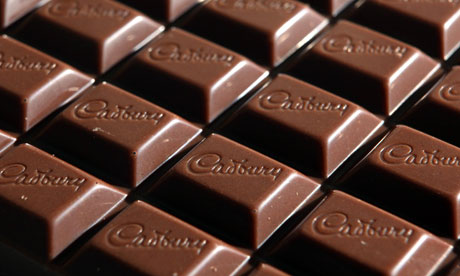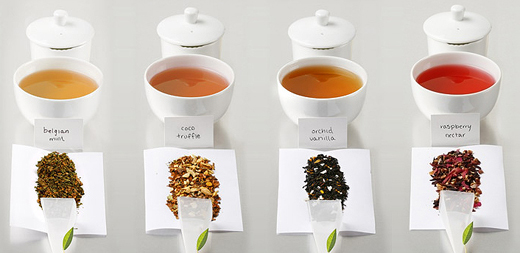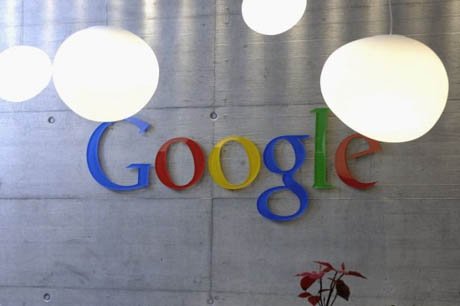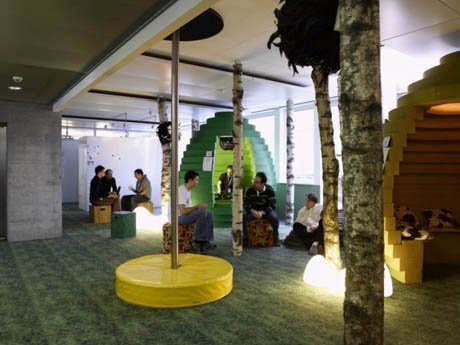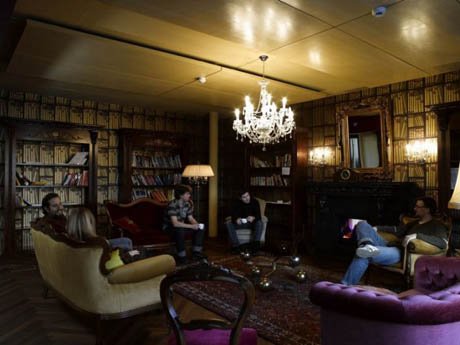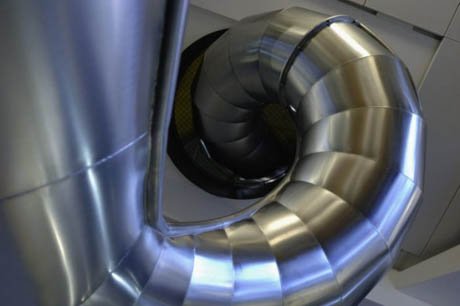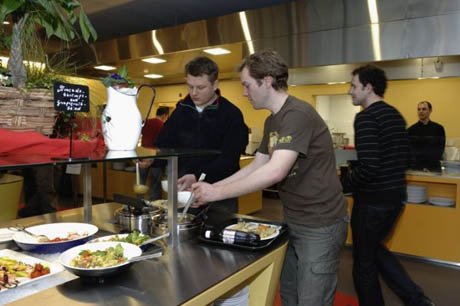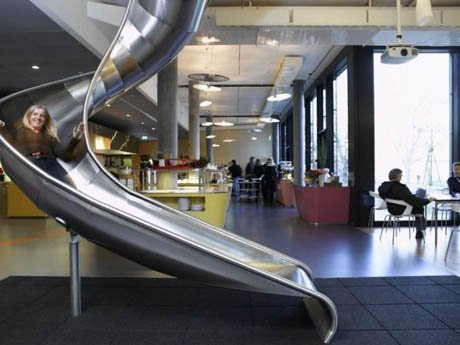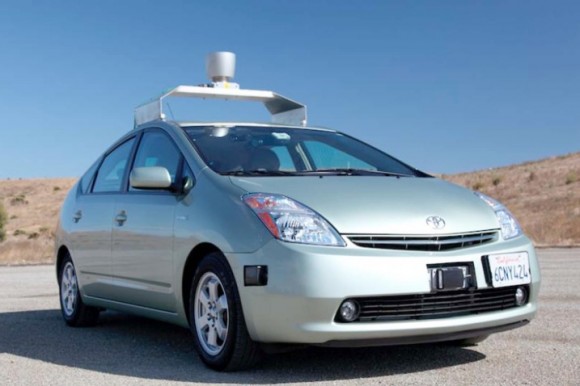
First commercially available in very crude form on an experimental basis in the late 1920s, then popularized in greatly improved form shortly after World War II, the television set has become commonplace in homes, businesses, and institutions, particularly as a vehicle for entertainment, advertising, and news. During the 1950s, television became the primary medium for molding public opinion.[1] In the mid-1960s, color broadcasting and sales of color television sets surged in the US and began in most other developed countries.
The availability of storage media such as video cassettes (mid-1970s), laserdiscs (1978), DVDs (1997), and high-definition Blu-ray Discs (2006) enabled viewers to use the television set to watch recorded material such as movies and broadcast material. Internet television has seen the rise of television programming available via the Internet through services such as iPlayer, Hulu, and Netflix.
In 2009, 78% of the world's households owned at least one television set, an increase of 5% from 2003. The replacement of bulky, high-voltage cathode ray tube (CRT) screen displays with compact, energy-efficient, flat-panel alternatives such as LCDs (both fluorescent-backlit and LED-backlit), plasma displays, and OLED displays was a major hardware revolution that began penetrating the consumer computer monitor market in the late 1990s and soon spread to TV sets. In 2013, 87% of televisions sold had color LCD screens.
A standard television set is composed of multiple internal electronic circuits, including circuits for receiving and decoding broadcast signals. A visual display device which lacks a tuner is properly called a video monitor rather than a television. A television system may use different technical standards such as digital television (DTV) and high-definition television (HDTV). Television systems are also used for surveillance, industrial process control, and the guidance of weapons in places where direct observation is difficult or dangerous.[citation needed] A 2004 study by the Children’s Hospital and Regional Medical Center in Seattle, Washington, found a link between infant exposure to television and ADHD.








